Seven countries take partn in the project VET4SCAPE: Austria, Bulgaria, the Czech republic, Portugal, Romania, Slovakia, Slovenia
AUSTRIA
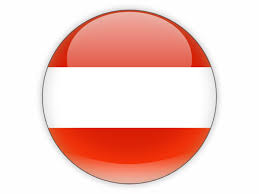
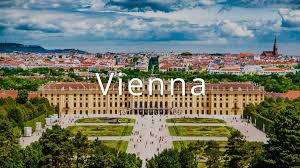
- Capital: Vienna
- Official EU language(s): German
- EU member country: since 1 January 1995
- Currency: euro. Euro area member since 1 January 1999
- Schengen: Schengen area member since 1 December 2007
Political system
Austria is a federal parliamentary republic with a head of government - the chancellor - and a head of state - the president. The country consists of 9 states (Bundesländer). Both regional and federal governments exercise executive power. The federal Parliament consists of 2 chambers: the Lower House (Nationalrat) - directly elected - and the Upper House (Bundesrat) - elected by regional parliaments.
Trade and economy
The most important sectors of Austria’s economy in 2016 were wholesale and retail trade, transport, accommodation and food services (22.9 %), industry (21.6 %) and public administration, defence, education, human health and social work activities (17.5 %).
Intra-EU trade accounts for 71% of Austria’s exports (Germany 30%, Italy 6%, and Slovakia 4%), while outside the EU 6% go to the United States and 5% to Switzerland.
In terms of imports, 78% come from EU Member States (Germany 43%, Italy 6% and Czech Republic 4%), while outside the EU 6% come from Switzerland and 3% from China.
BULGARIA
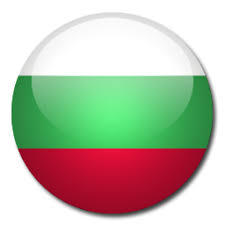
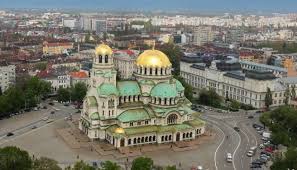
Political system
Bulgaria is a parliamentary republic. The head of government - the prime minister - holds the most powerful executive position. The head of state - the president - primarily holds representative powers as well as limited veto powers. Bulgaria is a unitary state with a centralised structure. It consists of 27 provinces and a metropolitan capital province (Sofia-Grad). The regional governors are appointed by the government.
Trade and economy
The most important sectors of Bulgaria’s economy in 2016 were industry (23.8 %), wholesale and retail trade, transport, accommodation and food services (22.2 %) and public administration, defence, education, human health and social work activities (14.1 %).
Intra-EU trade accounts for 68% of Bulgaria’s exports (Germany 14%, Italy 9% and Romania 9%), while outside the EU 8% go to Turkey and 2% to China.
In terms of imports, 67% come from EU Member States (Germany 13%, Italy 8% and Romania 7%), while outside the EU 9% come from Russia and 6% from Turkey.
CZECH REPUBLIC
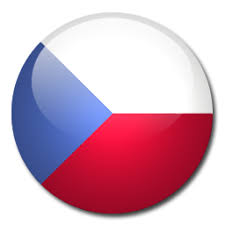
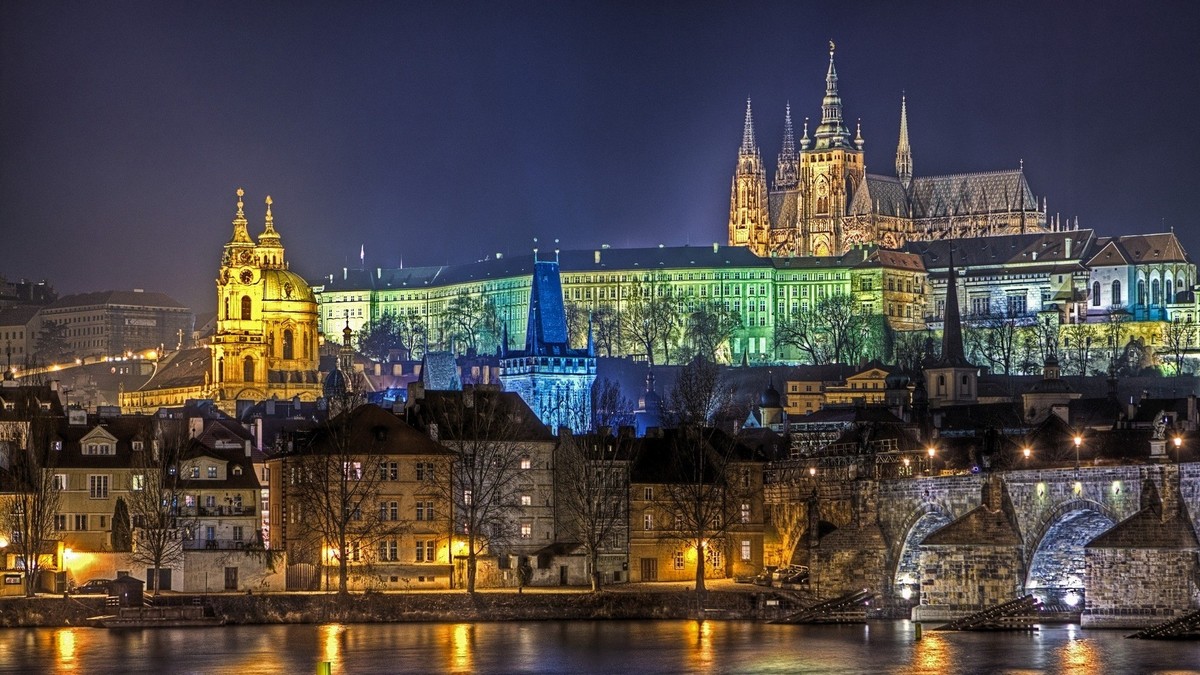
Capital: Prague
- Official EU language(s): Czech
- EU member country: since 1 May 2004
- Currency: Czech koruna (CZK). Czech Republic is currently preparing to adopt the euro.
- Schengen: Schengen area member since 21 December 2007
Political system
The Czech Republic is a parliamentary republic with a head of government - the prime minister - and a head of state - the president. The country was formed in 1993, after Czechoslovakia was split into the Czech Republic and Slovakia. The country is now divided into 14 regions, including the capital, Prague.
Trade and economy
The most important sectors of the Czech Republic’s economy in 2016 were industry (32.1 %), wholesale and retail trade, transport, accommodation and food services (18.6 %) and public administration, defence, education, human health and social work activities (14.7 %).
Intra-EU trade accounts for 84% of the Czech Republic’s exports (Germany 32%, Slovakia 8% and Poland 6%), while outside the EU 2% goes to both the United States and Russia.
In terms of imports, 79% come from EU Member States (Germany 31%, Poland 10% and Slovakia 6%), while outside the EU 7% come from China and 2% from South Korea.
PORTUGAL
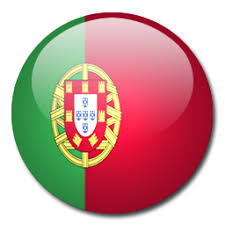
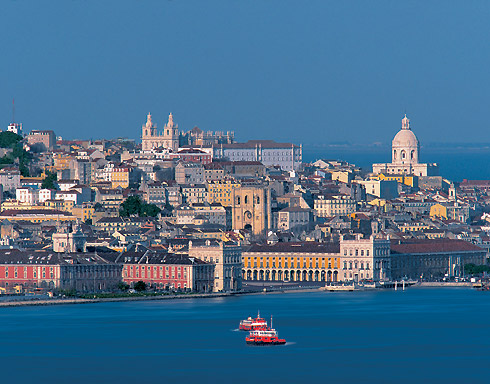
- Capital: Lisbon
- Official EU language(s): Portuguese
- EU member country: since 1 January 1986
- Currency: euro. Euro area member since 1 January 1999.
- Schengen: Schengen area member since 26 March 1995.
Political system
Portugal is a semi-presidential republic with a head of government - the prime minister - and a head of state - the president - who has power to appoint the prime minister and other government members. The country is administratively divided into 308 municipalities, subdivided into 3,092 civil parishes. Operationally, the only legally identifiable local administrative units are the municipality and civil parish, and the national government.
Trade and economy
The most important sectors of Portugal’s economy in 2016 were wholesale and retail trade, transport, accommodation and food services (24.9 %) and public administration, defence, education, human health and social work activities (19.7 %) and industry (18.5 %).
Intra-EU trade accounts for 75% of Portugal’s exports (Spain 26%, France 13% and Germany 12%), while outside the 5% go to the United States and 3% to Angola.
In terms of imports, 78% come from EU Member States (Spain 33%, Germany 14% and France 7%), while outside the EU 3% come from China and 2% from Russia
ROMANIA
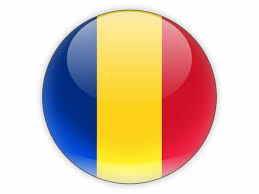
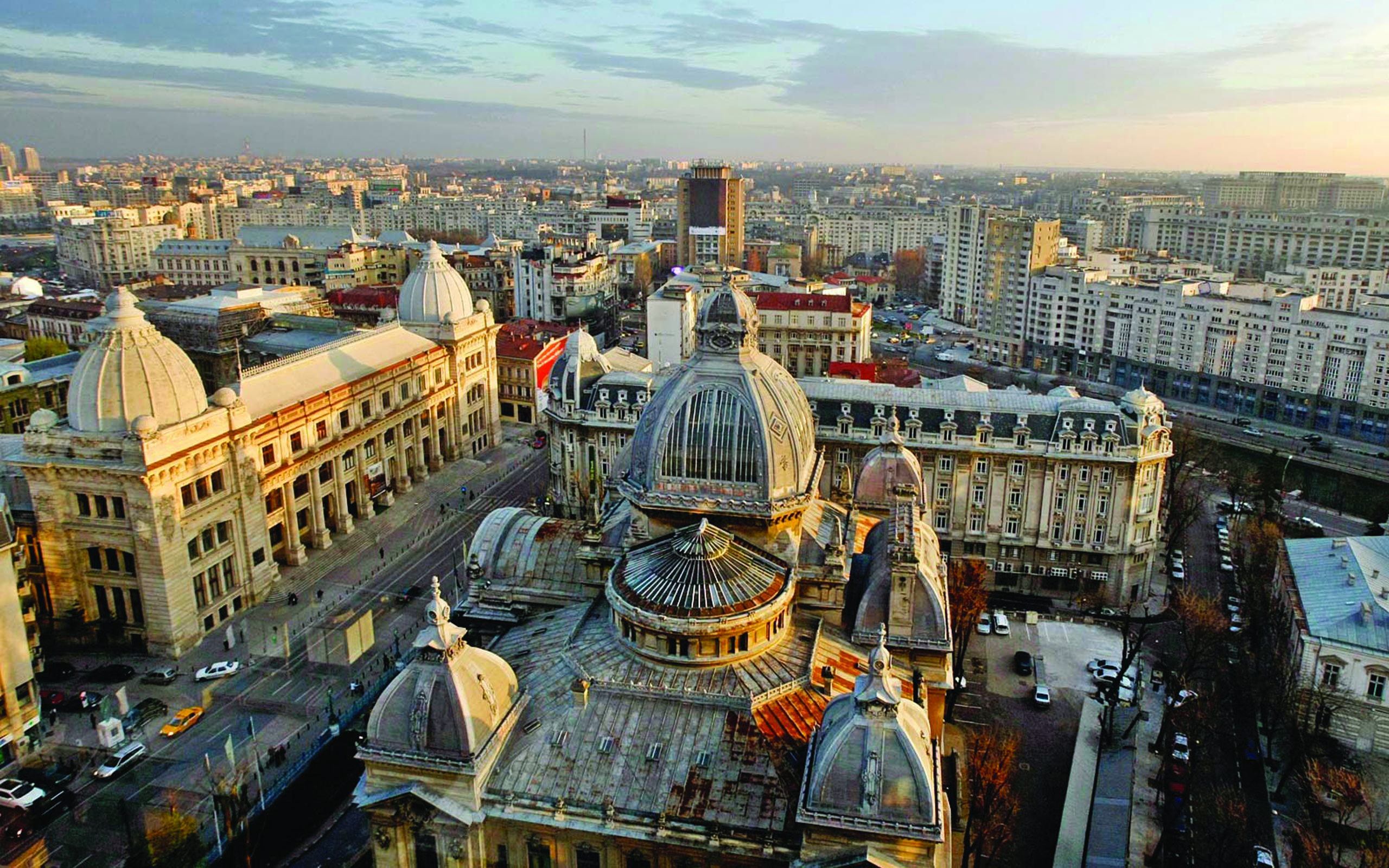
- Capital: Bucharest
- Official EU language(s): Romanian
- EU member country: since 1 January 2007
- Currency: Romanian Leu RON. Romania has committed the euro once it fulfils the necessary conditions.
- Schengen: Romania is currently in the process of joining the Schengen area.
Political system
Romania is a semi-presidential republic with a head of government - the prime minster - and a head of state - the president. Executive functions are held by both government and the president. The country is divided into 41 counties and the municipality of Bucharest. Each county is administered by a county council, responsible for local affairs, and a prefect responsible for administering national affairs at county level.
Trade and economy
The most important sectors of Romania’s economy in 2016 were industry (25.7 %), wholesale and retail trade, transport, accommodation and food services (20.2 %) and public administration, defence, education, human health and social work activities (11.7 %).
Intra-EU trade accounts for 75% of Romania’s exports (Germany 22%, Italy 12% and France 7%), while outside the EU 3% go to Turkey and 2% to Russia.
In terms of imports, 77% come from EU Member States (Germany 21%, Italy 10% and Hungary 7%), while outside the EU 5% come from China and 4% from Turkey.
SLOVAKIA
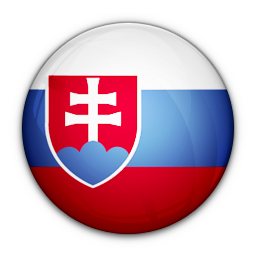
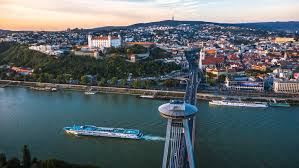
- Capital: Bratislava
- Official EU language(s): Slovak
- EU member country: since 1 May 2004
- Currency: euro. Euro area member since 1 January 2009.
- Schengen: Schengen area member since 21 December 2007
Political system
Slovakia is a parliamentary democratic republic with a head of government - the prime minister - who holds the most executive power and a head of state - the president - who is the formal head of the executive, but with very limited powers. The country is subdivided into 8 regions, each named after its principal city. These have been given a certain degree of autonomy since 2002.
Trade and economy
The most important sectors of Slovakia’s economy in 2016 were industry (27.3 %), wholesale and retail trade, transport, accommodation and food services (21.6 %) and public administration, defence, education, human health and social work activities (13.4 %).
Intra-EU trade accounts for 85% of Slovakia’s exports (Germany 22%, Czech Republic 12% and Poland 8%), while outside the EU 2% each go to the United States, Russia and China.
In terms of imports, 80% come from EU Member States (Germany 20%, Czech Republic 17% and Austria 10%), while outside the EU 5% come from South Korea and 4% from Russia.
SLOVENIA
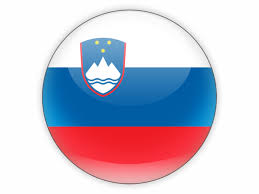
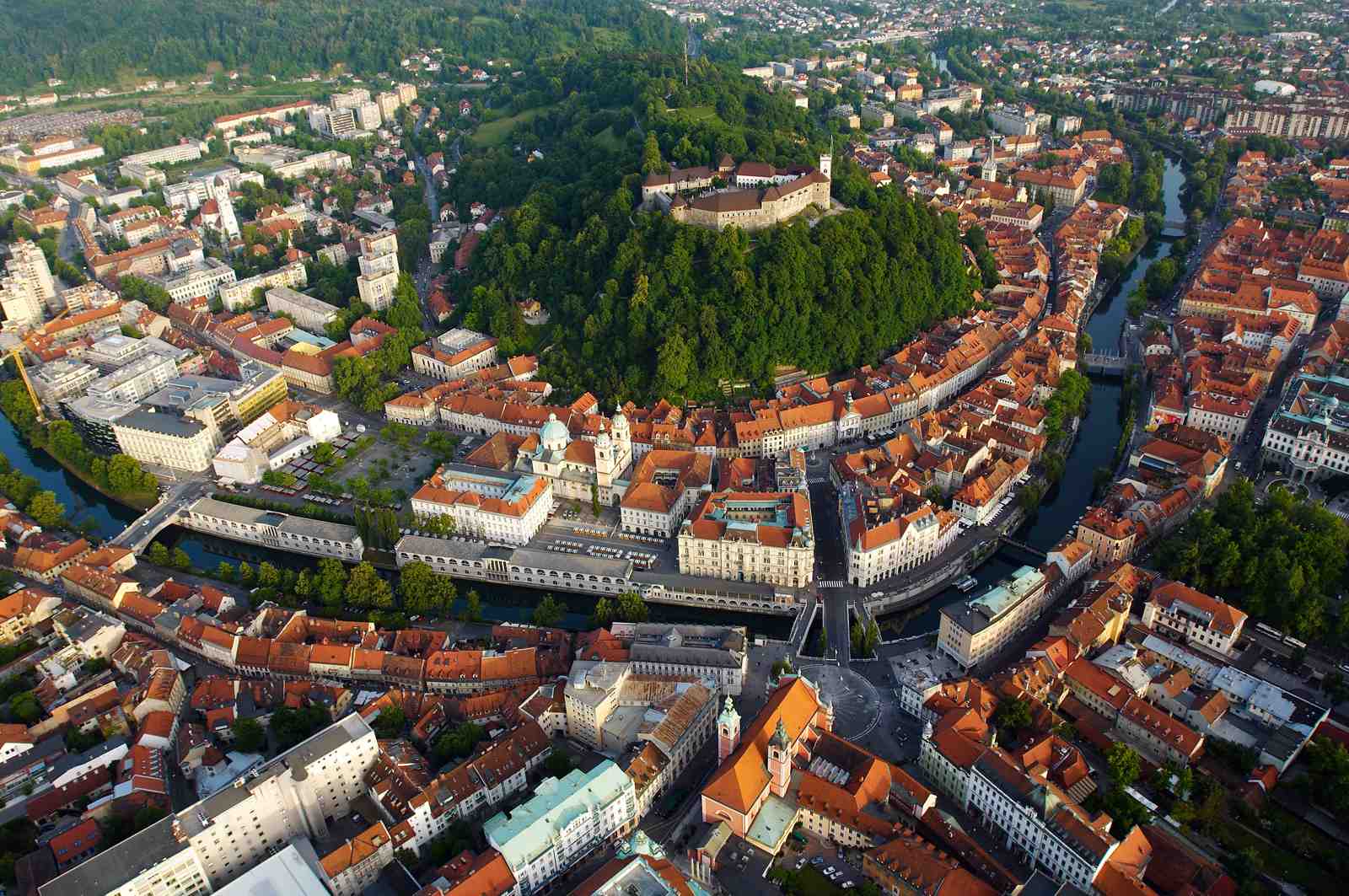
- Capital: Ljubljana
- Official EU language(s): Slovenian
- EU member country: since 1 May 2004
- Currency: euro. Euro area member since 1 January 2007.
- Schengen: Schengen area member since 21 December 2007.
Political system
Slovenia is a parliamentary democratic republic with a head of government - the prime minister - and a head of state - the president - who is directly elected. The government holds executive and administrative authority. The prime minister and ministers are elected by the Parliament. Slovenia has no regions, but is subdivided into 212 municipalities.
Trade and economy
The most important sectors of Slovenia’s economy in 2016 were industry (27.6 %), wholesale and retail trade, transport, accommodation and food services (20.7 %) and public administration, defence, education, human health and social work activities (16.9 %).
Intra-EU trade accounts for 75% of Slovenia’s exports (Germany 19%, Italy 10% and Austria 7%), while outside the EU 4% go to Serbia and 3% to Bosnia & Herzegovina.
In terms of imports, 71% come from EU Member States (Germany 17%, Italy 13% and Austria 10%), while outside the EU 5% come from China and 4% from Turkey.